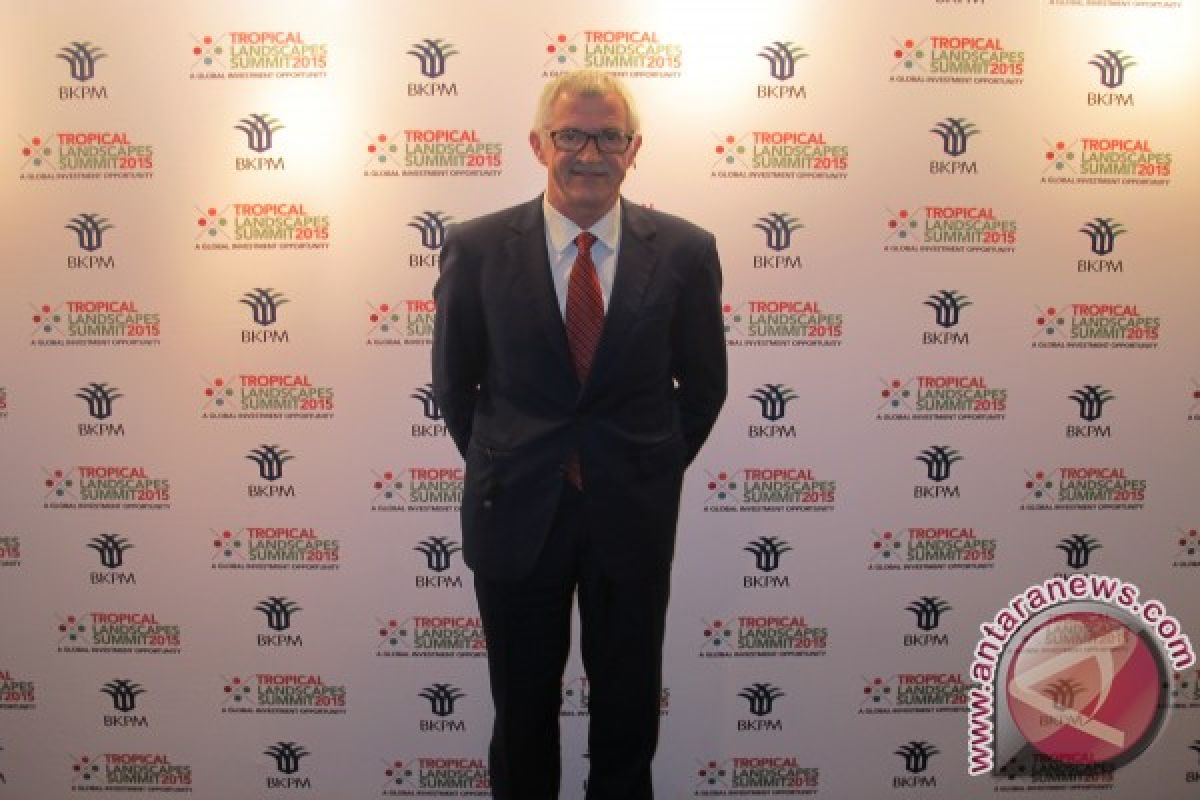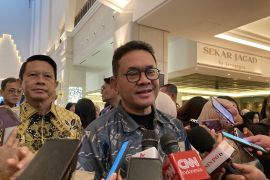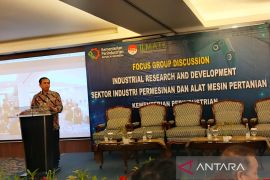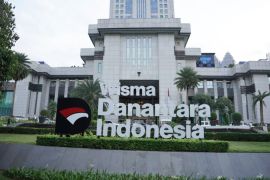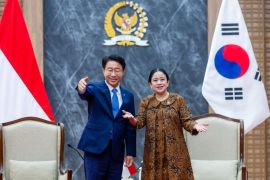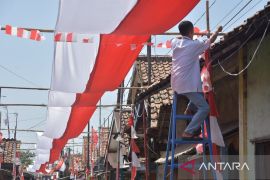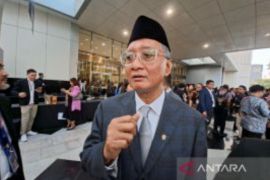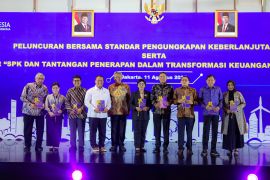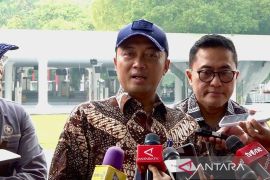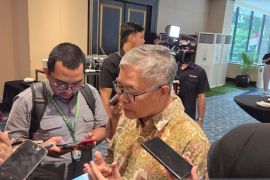"Majority of Indonesia`s fastest growing cities are located outside Java, thus improving distribution and shipping is imperative."Jakarta (ANTARA News) - On his inauguration day, President Joko "Jokowi" Widodo pledged to restore the "jalesveva jayamahe" (on the sea we are glorious) motto, hence he will strive to transform Indonesia into a maritime nation.
In line with the vision, in the early months of Jokowis administration, Indonesia is already forging partnerships by inviting private investors from Malaysia to help in the development of its logistics chain and has also received support from China, which has pledged US$40 billion for the development of ports and other projects that are in accordance with the vision to transform Indonesia into a maritime power.
President Jokowi has allocated Rp290 trillion or US$22.1 billion for infrastructure, the highest ever set aside in this years budget.
He has outlined ambitious plans, wherein he intends to offer investment opportunities to develop 24 ports and numerous power plants in Sumatra, Kalimantan, and Sulawesi.
In accordance with the vision, managing partner of Roland Berger for Malaysia Anthonie Versluis affirmed that Indonesia can become a maritime axis in the South East Asian region in ten to twenty years as infrastructure development is a long-term process.
The statement was based on President Jokowis vision aimed at restoring the past glory of Indonesia in the maritime sector; however, maritime infrastructure in Indonesia is still underdeveloped. According to the World Bank, Indonesias overall infrastructure assessment index was still 2.92 last year, far below Vietnam (3.11) and Thailand (3.40).
"President Jokowis goal is viable. Indonesia can become a maritime axis in the South East Asian region, but not in five years," Versluis noted during an interview on the sidelines of the Tropical Landscape Summit here on Monday.
Versluis is one of the main speakers during the summit, which is organized by the Investment Coordinating Board (BKPM) of Indonesia.
According to Versluis, the vision of maritime axis is a long-term process, and several preparations are required to be carried out through a strategic plan.
Versluis highlighted that President Jokowis plan to build 24 major ports was on the right track, but it should be prioritized based on regions in order to improve the efficiency and effectiveness of shipping and logistic connectivity.
Based on the Archipelago Pendulum project, which is being studied to be part of the maritime axis plan, the government will improve the functioning of Jakartas Port Tanjung Priok, Surabayas Port Tanjung Perak as the hub in the western area and will build Port Sorong as the hub in the eastern area to support Port Makassar.
Based on priority and effectiveness, Versluis proposed that the government should build a large port in Kuala Tanjung as the western hub and in Bintung as the eastern hub.
It is believed that the infrastructure cost to build Kuala Tanjung in Sumatra and Bitung in Sulawesi will be lesser than if the government were to build the 24 ports.
The land clearance costs in Kuala Tanjung and Bintung are relatively cheaper as compared to the cost involved in improving Tanjuk Priok.
"We have to admit that there is congestion in Tanjung Priok," he noted.
Moreover, Versluis pointed out that the economic and consumer growth in Sumatra and Sulawesi are higher than in Java, hence building a mega port in the area will also reduce the shipping cost, if the goods can be directly sent to the east.
"Majority of Indonesias fastest growing cities are located outside Java, thus improving distribution and shipping is imperative," he emphasized.
Currently, all shipping to the eastern part of Indonesia must go through Jakarta first and then to Surabaya and Makassar, which costs almost US$ one thousand to reach Jayapura in Papua.
Thus, as an experienced consultant in the field of maritime infrastructure, Versluis suggested three main outlines to overcome the high domestic shipping costs and to improve connectivity.
The strategy offered by Roland Berger to achieve the maritime axis vision may include developing not only the port but also integrating the entire surrounding infrastructure around the port to enhance viability, potentially via public-private partnerships.
Second, the government should continuously review the master plans needed to create the desired infrastructure to accommodate the changes in cargo mix at the port, while the third is developing a comprehensive and successful national port development strategy.
Roland Berger Strategy Consultants was founded in 1967 in Germany. With an employee base of 2.4 thousand spread across 36 countries, Roland Berger has successful operations in all major international markets.
In Indonesia, Roland Berger has served some local operators in various sectors.
(T.A060/INE)
Reporter: Azi Fitriyanti
Editor: Fardah Assegaf
Copyright © ANTARA 2015
